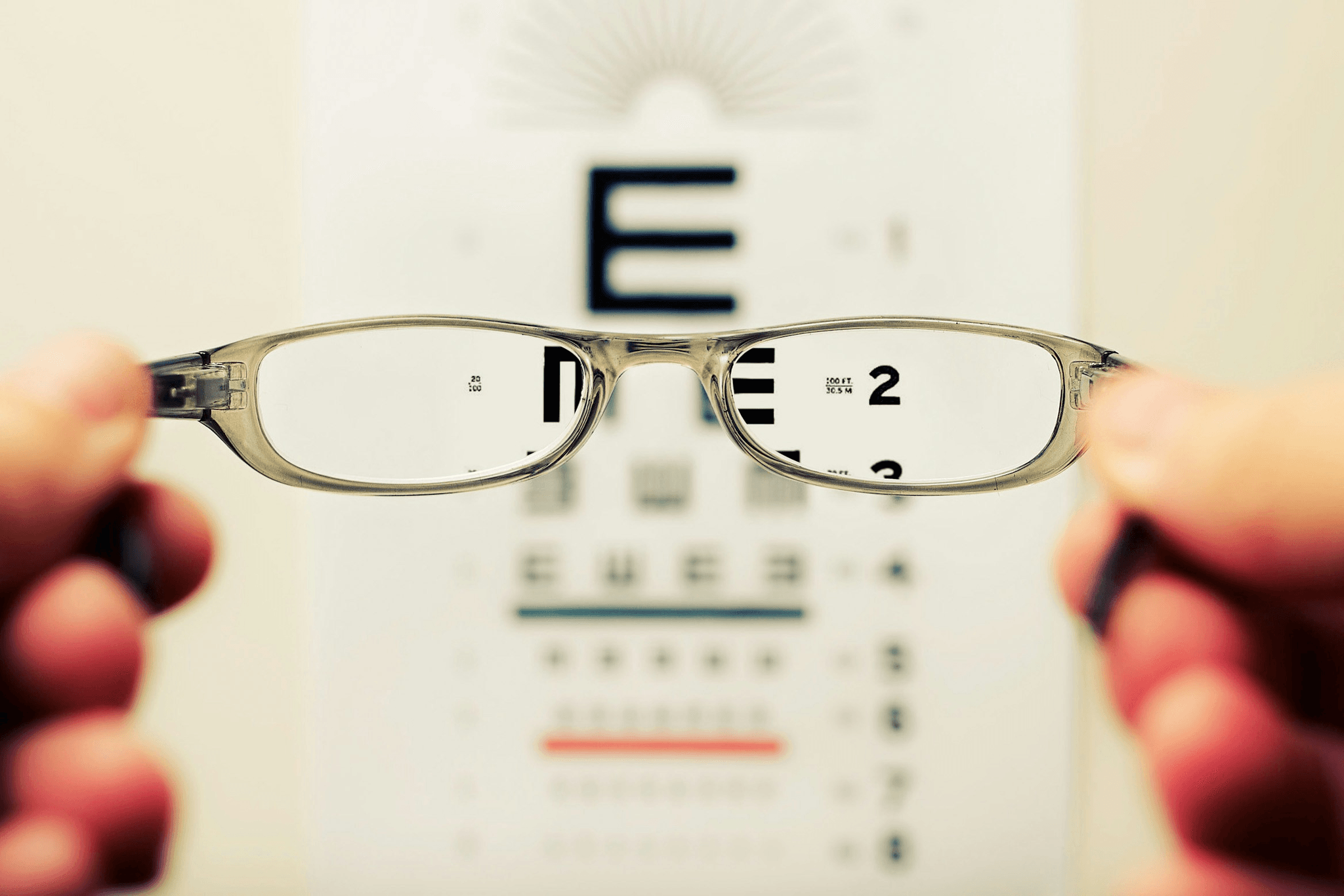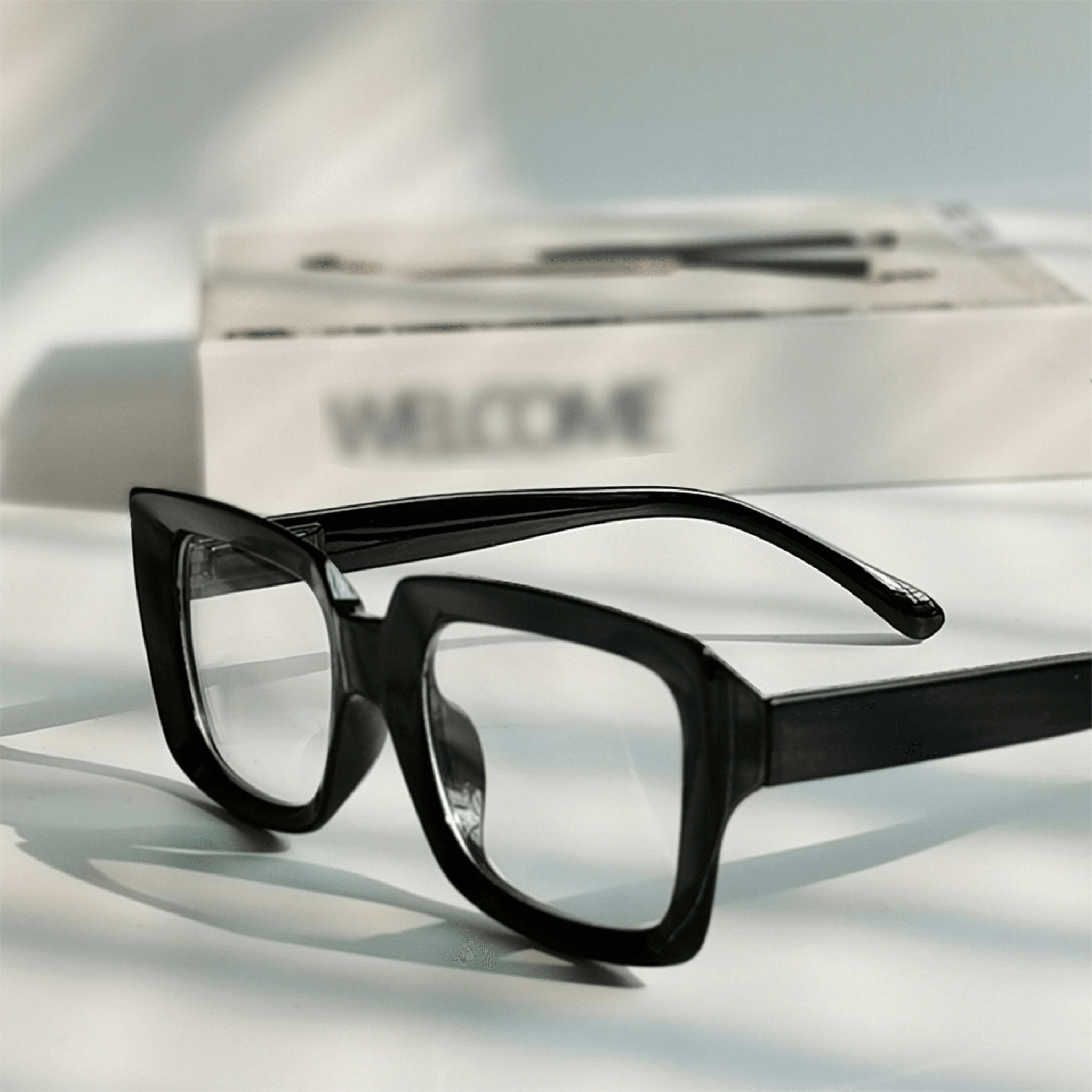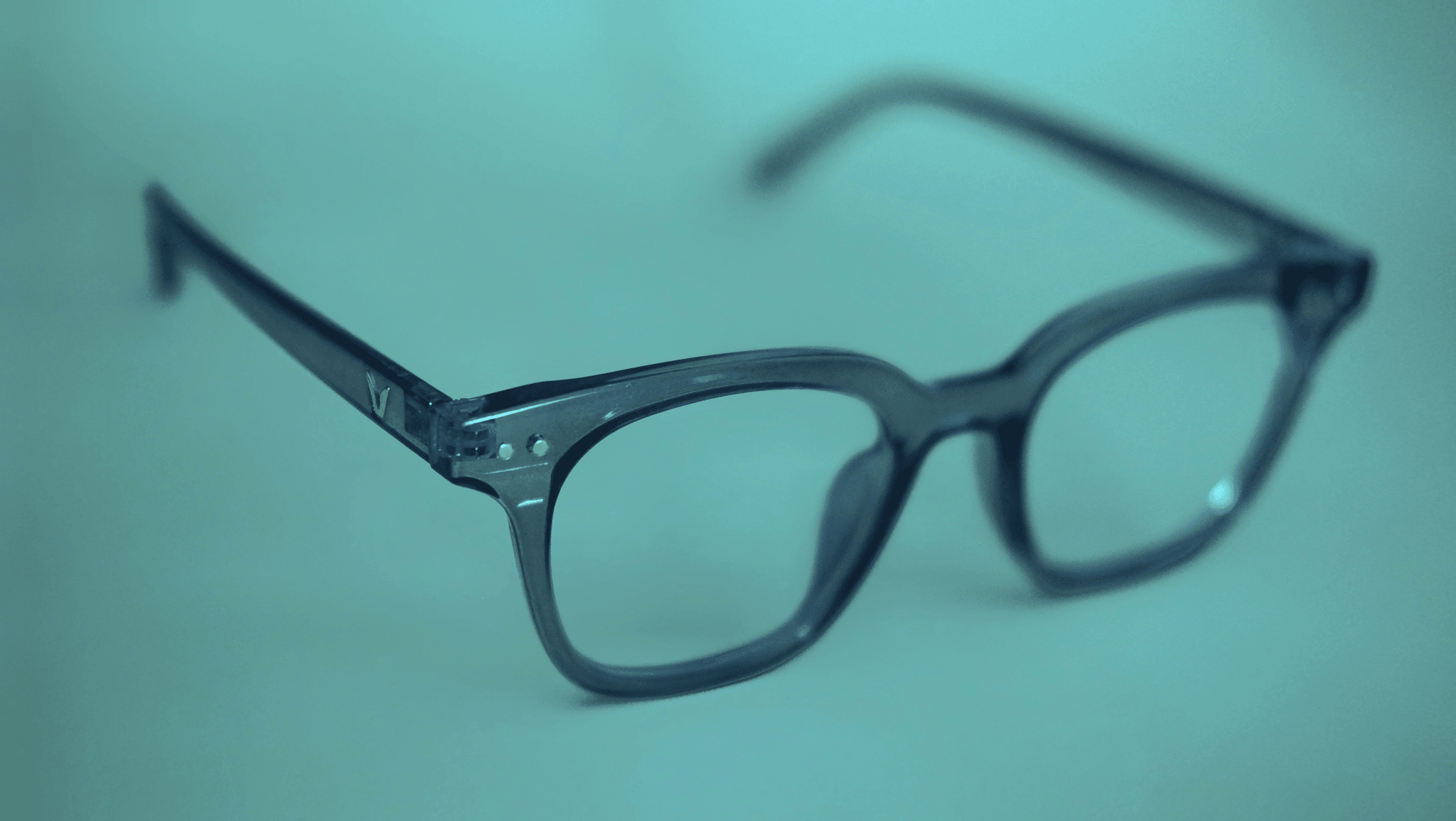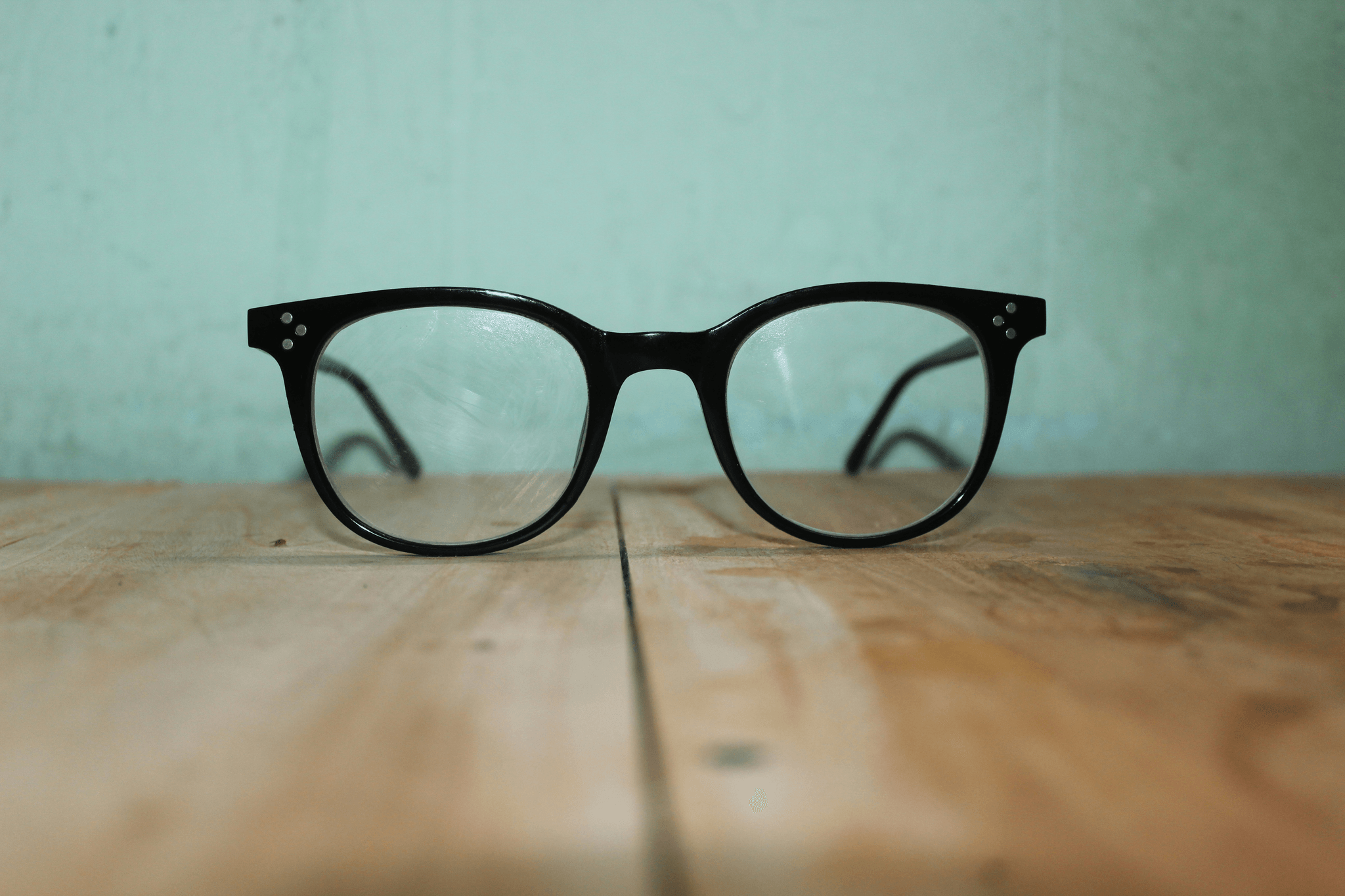Introduction

Understanding OD and OS Glasses
When discussing od vs os glasses, it's essential to know that OD stands for oculus dexter, which refers to the right eye, while OS means oculus sinister, indicating the left eye. These terms are more than just medical jargon; they play a crucial role in how we perceive depth and clarity in our daily lives. Understanding these distinctions helps demystify the relationship between od and os in eyes, ultimately leading to better sight prescriptions tailored specifically for you.
The Importance of Eye Prescription
Your eye prescription is not just a collection of numbers; it’s a detailed roadmap guiding you towards optimal vision correction. It encompasses various parameters that define how light interacts with your eyes, ensuring that each lens is customized for both OD and OS requirements. Recognizing the significance of an accurate vision prescription means appreciating how these details directly impact your overall visual experience.
Decoding OD and OS for Your Vision
Decoding od os for eyes involves looking beyond their definitions to understand their implications on your everyday life. Each time you put on or take off your glasses, you're engaging with this vital information that shapes what you see — from reading fine print to enjoying scenic views. By familiarizing yourself with od eye meaning within the context of eyewear choices, you're empowered to embrace solutions that enhance not only clarity but also comfort in your visual journey.
The Basics of OD and OS

Understanding the terms OD and OS is crucial for anyone navigating the world of eye care. These abbreviations are fundamental to your eye prescription, providing essential information about your vision needs. Let’s dive into what these terms mean and how they relate to your overall sight prescription.
What Does OD Mean?
In the realm of vision prescriptions, OD stands for oculus dexter, which is Latin for right eye. When you see OD on your eye prescription, it indicates measurements specifically for your right eye, such as sphere, cylinder, and axis values. Understanding the od eye meaning can help you grasp how each eye contributes to your overall vision clarity.
When considering od vs os glasses, it's essential to understand that the specifications for each eye may differ significantly based on individual needs. Your right eye may require a different correction than your left, which is why these distinctions are made in prescriptions. Knowing what OD means can empower you to make informed decisions about eyewear choices tailored specifically to your right eye's requirements.
What Does OS Mean?
Conversely, OS stands for oculus sinister, which translates from Latin as left eye. This designation appears on your vision prescription alongside OD and provides similar measurements but specifically pertains to the left side. Understanding this distinction is crucial when selecting od vs os glasses since both eyes often have unique visual requirements.
The OS measurement includes details like sphere power (which corrects nearsightedness or farsightedness) and cylinder power (which corrects astigmatism). By knowing what OS means in terms of your sight prescription, you can better appreciate how each component affects your visual experience. It’s all about ensuring that both eyes work harmoniously together!
How They Relate to Your Vision
Now that we’ve defined OD and OS separately let's explore how they relate to your overall vision health. Both measurements are integral parts of a complete vision prescription; they inform optometrists about the specific corrections needed for each individual eye. This tailored approach ensures that when you choose od vs os glasses, you're getting a pair designed just for you.
Understanding od and os in eyes helps demystify why some people may find their left or right lenses more comfortable or effective than others; it all comes down to precise adjustments made based on these readings. A well-crafted sight prescription allows individuals with varying degrees of visual impairment to experience optimal clarity across different distances and lighting conditions. Ultimately, knowing how OD and OS function together can enhance not only comfort but also quality of life through improved eyesight.
The Significance of Eye Prescriptions

Understanding the significance of eye prescriptions is crucial for anyone who wears glasses or contacts. An accurate eye prescription ensures that you get the right lenses tailored to your unique vision needs. Without it, you might find yourself struggling with discomfort or inadequate vision correction, leading to frustration in daily life.
Why Eye Prescription Matters
Your eye prescription serves as a roadmap for your visual health, determining how well you see the world around you. It’s not just a series of numbers; it reflects the specific requirements of your eyes, including conditions like nearsightedness or farsightedness. Without a proper understanding of od and os in eyes, you could easily end up with ill-fitting glasses that do more harm than good.
Moreover, getting an updated eye prescription is essential as our eyesight can change over time. Regular check-ups ensure that any shifts in your vision are promptly addressed, allowing for timely adjustments to your od vs os glasses. This proactive approach helps maintain optimal visual clarity and comfort throughout your day-to-day activities.
Components of a Vision Prescription
A typical vision prescription includes several components that work together to provide clarity and comfort. Key elements include sphere (SPH), cylinder (CYL), axis, pupillary distance (PD), and additional notes like prism measurements if needed. Understanding these components can help demystify the process when choosing between different types of lenses, especially when considering od and os for eyes.
The sphere indicates whether you need correction for nearsightedness or farsightedness; cylinder measures astigmatism; and axis denotes the orientation of astigmatism correction. Meanwhile, pupillary distance is crucial for ensuring that lenses align perfectly with your pupils—an often overlooked but vital factor in effective eyewear choices. When all these elements come together in your sight prescription, they create a comprehensive guide tailored specifically to enhance your vision.
How OD and OS Fit into Sight Prescription
In any sight prescription, OD (oculus dexter) refers to the right eye while OS (oculus sinister) pertains to the left eye—simple yet essential distinctions! These two abbreviations are critical as they provide specific measurements tailored individually for each eye's unique requirements within your overall eye prescription. Neglecting one side could lead to imbalances that impact both comfort and visual acuity in everyday activities.
When examining an eye prescription chart featuring od and os values, you'll find different numbers corresponding to each component mentioned earlier—sphere, cylinder, etc.—for both eyes separately. This individualized approach ensures that each lens corrects vision accurately based on its respective needs rather than applying a one-size-fits-all solution across both sides—a common misconception among those new to exploring od vs os glasses!
In summary, understanding how OD and OS fit into an overall sight prescription empowers individuals to make informed decisions about their eyewear choices while enhancing their visual experience significantly.
How OD and OS Affect Your Eyewear Choices

Choosing the Right Glasses for Your Eyes
Choosing the right glasses starts with decoding your vision prescription, particularly the OD and OS values. Each eye has its own unique requirements, which means that one size doesn’t fit all when it comes to lenses and frames. By understanding od and os in eyes, you can ensure that both lenses are tailored specifically for each eye's needs, leading to better comfort and clarity.
Moreover, when comparing od vs os glasses, you'll find that they can differ significantly depending on whether you have astigmatism or other refractive errors. This makes it crucial to consult with an optician who understands how these measurements translate into effective eyewear solutions. Ultimately, making informed choices based on your individual eye prescription will enhance not just your vision but also your overall quality of life.
The Role of OD and OS in Frame Selection
The frame you choose can greatly impact how well your od and os values perform in daily life. Different frame styles may affect lens placement relative to your eyes, which is crucial for achieving optimal visual acuity with both OD and OS lenses. When selecting frames, consider factors like width and height; a well-fitted frame ensures that both eyes receive consistent optical performance.
Additionally, certain frame materials may be more compatible with specific prescriptions; thicker lenses might require sturdier frames to maintain durability while offering style. Understanding od eye meaning can help you communicate effectively with opticians about what works best for your unique situation. In this way, choosing frames becomes not just a fashion statement but a vital part of improving how you see the world.
Customizing Your Eyewear with Daposi
Customization is where things get really exciting! With brands like Daposi leading the charge in personalized eyewear solutions, you can tailor everything from lens coatings to frame colors based on your specific od vs os requirements. This level of customization allows you to embrace both functionality and style while ensuring that every aspect of your eyewear aligns perfectly with your vision prescription.
Moreover, Daposi offers innovative features such as blue light filtering or photochromic lenses tailored specifically for each eye's needs as indicated by their respective prescriptions—OD for one eye and OS for another—ensuring you're always seeing clearly no matter the environment or activity at hand. With such options available today, customizing eyeglasses isn't just about aesthetics; it's about creating an experience catered solely towards enhancing visual comfort through precise adjustments based on od and os in eyes.
Common Myths About OD and OS

When it comes to understanding your eye prescription, there are plenty of myths floating around, especially regarding the terms OD and OS. Many people mistakenly believe that these abbreviations only refer to the strength of their lenses, while in reality, they are crucial indicators of how each eye is performing. Let’s dive into some common misconceptions to clear up confusion about what OD and OS really mean for your vision.
Debunking Misconceptions
One prevalent myth is that OD (Oculus Dexter) and OS (Oculus Sinister) refer to the right and left eye respectively in a way that implies one is more important than the other. In truth, both eyes play equal roles in creating a complete visual experience; neglecting one can lead to imbalances in sight prescription. Additionally, some believe that having different prescriptions for each eye means something is wrong—this is often simply a reflection of individual differences rather than an issue.
Another misconception involves the idea that OD and OS are only relevant for glasses wearers. In fact, whether you opt for contacts or glasses, your eye prescription will still include these terms because they indicate how each eye functions individually. Understanding these terms helps you make informed choices when selecting od vs os glasses or any other vision correction options.
Understanding OD and OS in Eyes
So what exactly do we mean by od and os in eyes? Simply put, OD refers to the right eye's measurements while OS pertains to the left eye's specifications on your vision prescription. Each component of your sight prescription provides vital information about how well each eye sees at different distances—critical data used by optometrists when determining the right corrective lenses.
Moreover, many patients mistakenly think that their vision problems are solely due to refractive errors like nearsightedness or farsightedness. While these conditions affect both eyes differently at times, they also rely on other factors such as astigmatism or presbyopia which can be captured through an accurate understanding of both OD and OS values on your sight prescription.
The Truth Behind OD OS for Eyes
The truth behind od os for eyes lies in recognizing their importance not just as medical jargon but as essential components of personalized vision care. Each abbreviation serves as a guidepost for crafting tailored eyewear solutions suited specifically to your needs—whether it’s choosing frames or deciding between single-vision lenses or bifocals based on individual requirements reflected within those figures on your eye prescription.
Additionally, many consumers overlook how crucial it is to communicate any changes in their eyesight during routine check-ups so their prescriptions remain accurate over time—especially when dealing with discrepancies between OD and OS values! Regularly updating these numbers ensures you're always equipped with optimal eyewear designed precisely according to current needs.
The Future of Vision Solutions

As we look ahead, the landscape of eyewear is evolving rapidly, driven by technology and innovation. From smart glasses that enhance our everyday experiences to lenses that adapt to changing light conditions, the future of vision solutions promises exciting advancements. With each innovation, understanding the nuances of your eye prescription—specifically the distinctions between OD and OS glasses—becomes increasingly important.
Innovations in Eyewear
The world of eyewear is witnessing groundbreaking innovations that cater to various vision needs. For instance, smart glasses equipped with augmented reality features are reshaping how we interact with our environment while addressing specific sight prescriptions like those indicated by OD and OS in eyes. Additionally, advanced lens technologies are emerging that can correct a wider range of vision issues beyond traditional prescriptions, enhancing comfort and clarity for users.
Moreover, customization options are becoming standard practice in eyewear design. Brands are now offering personalized frames and lenses tailored specifically to individual eye prescriptions. This means your OD eye meaning is not just a number; it translates into a unique pair of glasses designed for optimal performance and style.
Sustainability in Eye Care with Daposi

Sustainability is taking center stage across various industries, including eye care. Daposi is leading the charge by integrating eco-friendly materials into their eyewear products while ensuring they meet all necessary vision prescription requirements. By choosing sustainable options when selecting od vs os glasses, consumers can contribute to environmental preservation without compromising on quality or style.
Furthermore, many companies are adopting circular economy practices by encouraging recycling programs for old eyewear. This initiative not only reduces waste but also allows for the safe disposal of materials used in traditional eyeglasses that may harm the environment if discarded improperly. As awareness grows about sustainability in eye care with brands like Daposi at the forefront, customers will increasingly seek out products that reflect their values.
Trends You Need to Know
Keeping up with trends in eyewear can be overwhelming but also incredibly rewarding as you navigate your choices based on your sight prescription needs. One significant trend is the rise of blue light-blocking lenses designed for those who spend long hours staring at screens—a common issue today affecting many individuals regardless of their OD and OS eyes status. These lenses not only help reduce digital eye strain but also enhance overall visual comfort.
Another emerging trend involves fashion-forward designs that blend function with aesthetics; think bold colors and unique shapes tailored for both men and women! As consumers become more educated about their eye health—understanding concepts like OD vs OS glasses—the demand for stylish yet functional options will continue to grow dramatically alongside technological advancements.
In summary, staying informed about these trends will empower you to make better choices regarding your vision solutions while embracing both functionality and style in your eyewear selections.
Conclusion

As we wrap up our exploration of OD and OS, it’s clear that understanding these terms is crucial for anyone navigating the world of vision prescriptions. OD and OS are not mere abbreviations; they represent your right and left eyes, respectively, in the realm of eye care. By clarifying what OD and OS mean in relation to your sight prescription, you can make more informed decisions about your eyewear needs.
Clarifying OD and OS Terminology
When discussing od vs os glasses, the distinction between these two terms becomes essential for proper eye health management. The term OD refers to the right eye, while OS signifies the left eye in medical parlance—simple yet vital knowledge for interpreting your eye prescription accurately. Familiarity with these terms not only aids in understanding your vision prescription but also empowers you to communicate effectively with optometrists or ophthalmologists.
Making Informed Decisions on Sight Prescription
Armed with knowledge about od and os in eyes, you can approach your sight prescription with confidence. Knowing how each component of your vision prescription affects your overall visual experience is key to choosing the right eyewear options. Whether it's selecting lenses tailored specifically for your needs or ensuring that frame choices accommodate both OD and OS requirements, informed decisions enhance both comfort and clarity.
Embracing Your Vision and Eyewear Choices
Ultimately, embracing your vision means recognizing that every detail—from od eye meaning to how these factors influence frame selection—plays a role in how you see the world. With advancements in eyewear technology continuously evolving, there’s never been a better time to explore options that suit both style and functionality while addressing specific needs related to od os for eyes. So go ahead, flaunt those stylish glasses knowing they’re perfectly tailored just for you!
